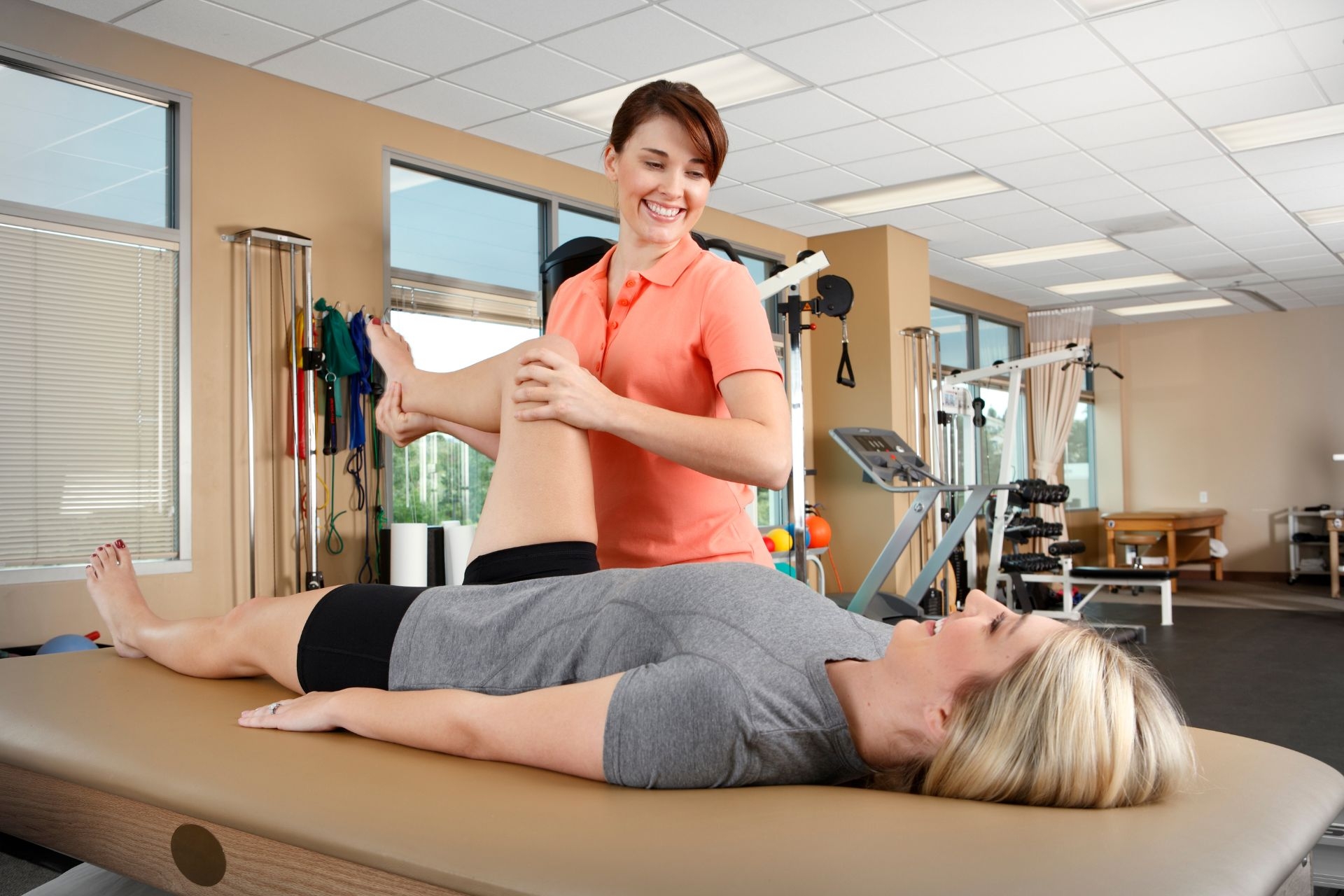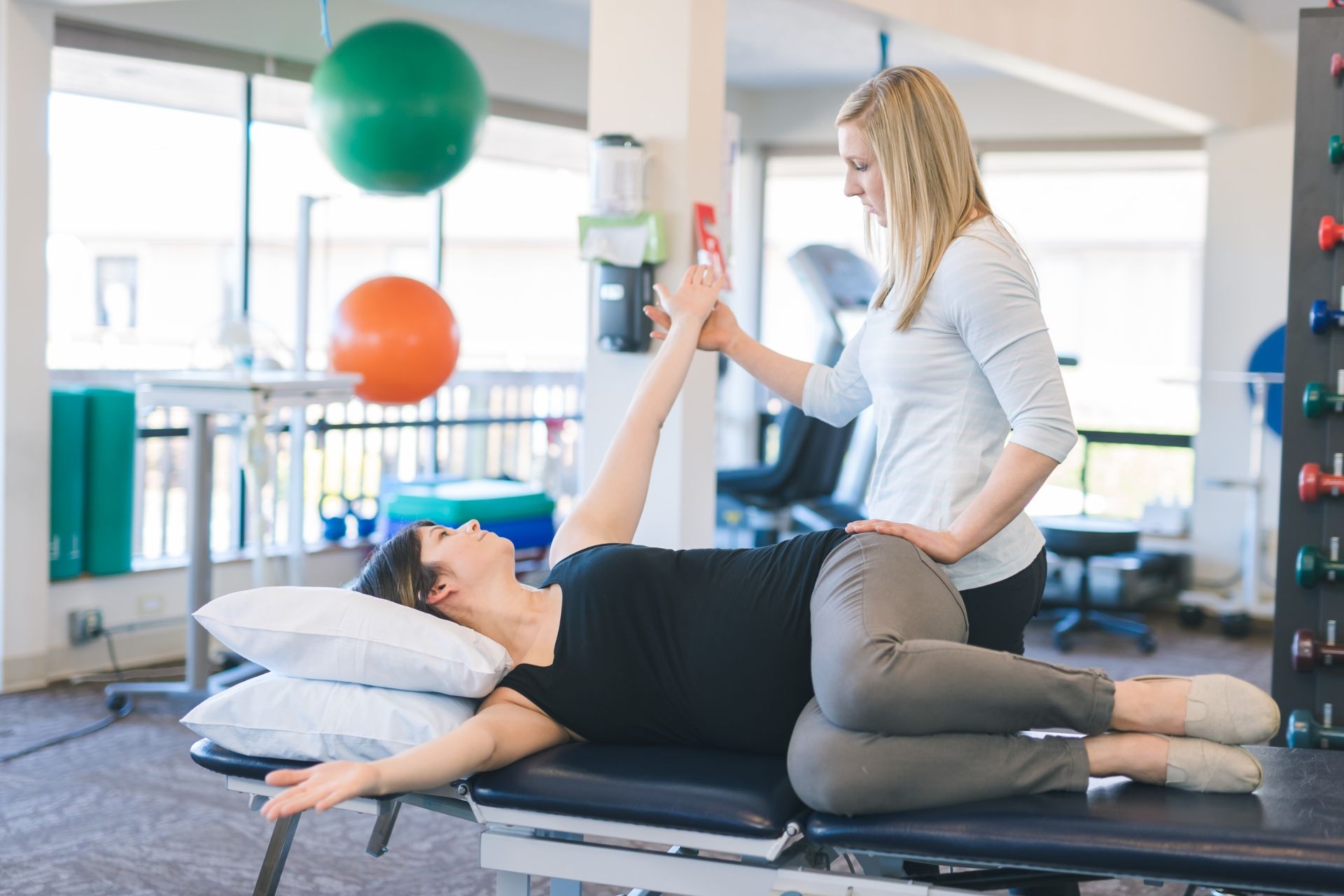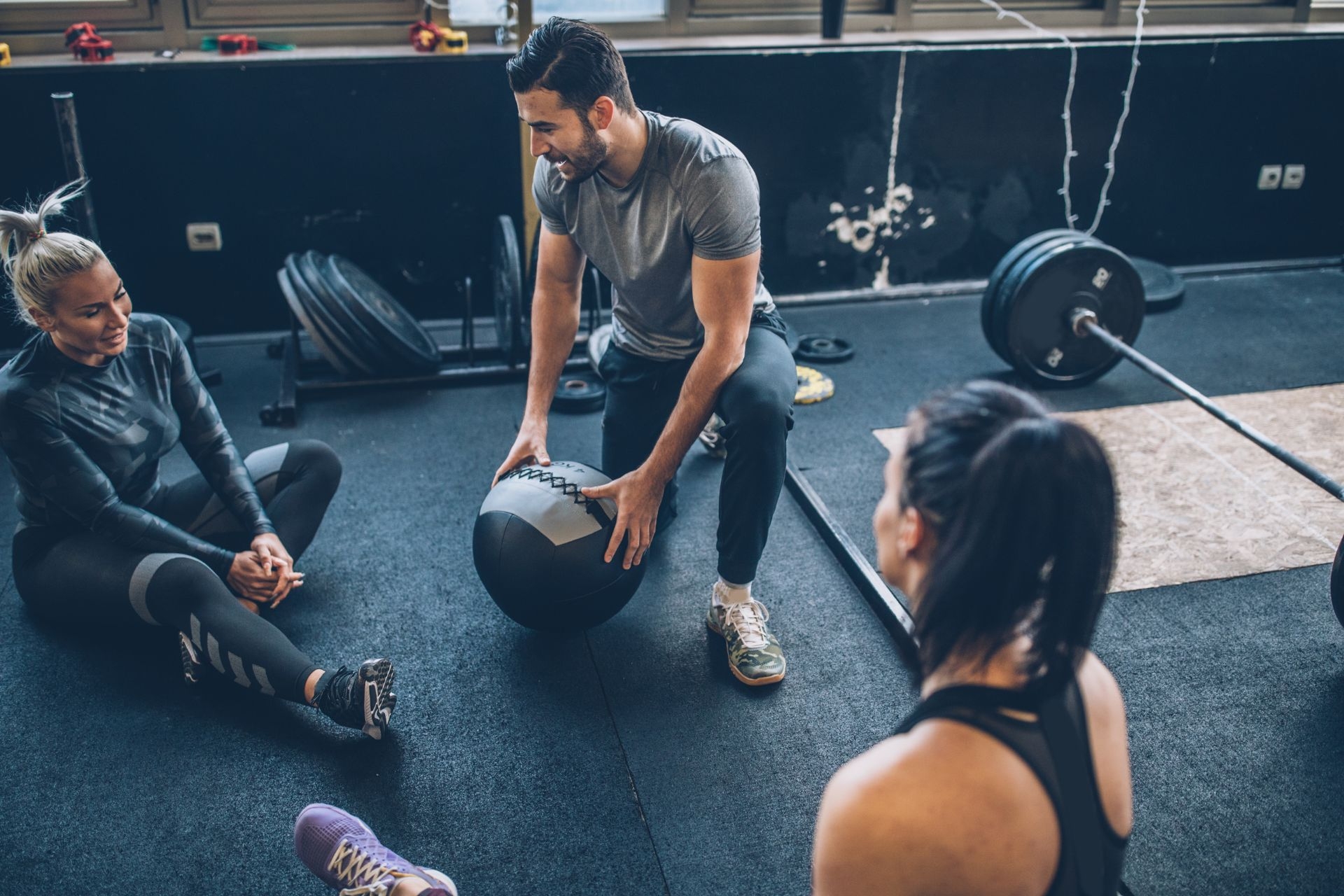

The McKenzie Method is a system of assessment and treatment for spinal disorders developed by New Zealand physiotherapist Robin McKenzie. It focuses on the concept of mechanical diagnosis and therapy, which means that it aims to identify and address the mechanical causes of pain and dysfunction in the spine. The method is based on the idea that certain movements and positions can either alleviate or exacerbate spinal symptoms, and by understanding these patterns, specific exercises and techniques can be prescribed to help manage and treat the condition.
The main principles of the McKenzie Method for treating spinal disorders include active patient involvement, mechanical assessment, and self-treatment. Active patient involvement means that the individual takes an active role in their own treatment, performing exercises and techniques on their own to manage their symptoms. Mechanical assessment involves a thorough examination of the patient's movements and positions to identify any mechanical causes of their pain or dysfunction. Self-treatment refers to the use of specific exercises and techniques that the patient can perform on their own to alleviate their symptoms and improve their function.
The McKenzie Method assesses and classifies different types of spinal disorders through a systematic process of mechanical assessment. This involves observing the patient's movements and positions, as well as performing specific tests and assessments to determine the mechanical nature of their condition. Based on the assessment findings, spinal disorders are classified into different categories, such as derangement, dysfunction, or postural syndrome. This classification helps guide the selection of appropriate exercises and techniques for each individual.

The common exercises and techniques used in the McKenzie Method for spinal disorder treatment include repeated movements, sustained positions, and mobilizations. Repeated movements involve performing specific exercises in a repetitive manner to alleviate symptoms and improve function. Sustained positions involve holding certain positions for a period of time to achieve a desired effect on the spine. Mobilizations refer to the manual techniques performed by a therapist to restore normal movement and alignment in the spine. These exercises and techniques are tailored to the individual's specific condition and are often performed as part of a home exercise program.
Yes, the McKenzie Method can be used for both acute and chronic spinal disorders. The method is designed to address the mechanical causes of pain and dysfunction in the spine, regardless of the duration of the condition. In acute cases, the focus may be on reducing pain and inflammation, while in chronic cases, the emphasis may be on improving function and preventing further episodes. The exercises and techniques used in the McKenzie Method can be modified and progressed based on the individual's needs and response to treatment.

The McKenzie Method is generally considered safe and well-tolerated, with minimal risks or side effects. However, as with any form of exercise or therapy, there is a potential for aggravation of symptoms or injury if the exercises are performed incorrectly or if the individual pushes themselves too hard. It is important to receive proper instruction and guidance from a qualified healthcare professional when implementing the McKenzie Method to ensure safety and effectiveness.
The effectiveness of the McKenzie Method in relieving pain and improving function in individuals with spinal disorders has been supported by research and clinical experience. Studies have shown that the method can lead to significant improvements in pain, range of motion, and functional outcomes in patients with various spinal conditions, such as low back pain and neck pain. However, the effectiveness may vary depending on the individual and the specific condition being treated. It is important to consult with a healthcare professional to determine if the McKenzie Method is appropriate for your specific needs and to receive proper guidance in its implementation.

Gait analysis plays a crucial role in designing individualized treatment plans for stroke survivors by providing valuable insights into their walking patterns, biomechanics, and functional limitations. By utilizing advanced technologies such as motion capture systems, force plates, and wearable sensors, healthcare professionals can objectively assess various gait parameters, including stride length, step width, cadence, and symmetry. This comprehensive evaluation allows for the identification of specific impairments and compensatory strategies employed by stroke survivors during walking. With this information, clinicians can tailor treatment interventions to address the unique needs of each individual, focusing on improving balance, coordination, muscle strength, and range of motion. Additionally, gait analysis enables the monitoring of treatment progress over time, allowing for adjustments and modifications to the treatment plan as necessary. Ultimately, gait analysis serves as a valuable tool in optimizing rehabilitation outcomes and enhancing the overall quality of life for stroke survivors.
Physical therapists employ a variety of techniques to effectively manage shoulder impingement syndrome in overhead athletes. They typically begin by conducting a thorough assessment to identify the underlying causes and contributing factors of the condition. This may involve evaluating the athlete's biomechanics, range of motion, strength, and stability of the shoulder joint. Based on the assessment findings, the physical therapist may then develop a comprehensive treatment plan that includes a combination of manual therapy techniques, such as joint mobilizations and soft tissue mobilizations, to address any joint restrictions or muscle imbalances. They may also incorporate specific exercises to improve scapular stability, rotator cuff strength, and overall shoulder function. Additionally, the physical therapist may provide education on proper body mechanics and technique modifications to prevent further impingement and promote optimal performance. By utilizing these evidence-based interventions, physical therapists can effectively address shoulder impingement syndrome in overhead athletes and facilitate their safe return to sport.
Yes, there are specific physical therapy interventions that are tailored for individuals with Parkinson's disease. These interventions focus on improving motor function, balance, and overall quality of life for individuals with Parkinson's. Some common interventions include gait training, which involves practicing walking patterns and techniques to improve mobility and reduce the risk of falls. Another intervention is strength training, which aims to improve muscle strength and endurance to enhance overall physical function. Additionally, range of motion exercises are often incorporated to maintain flexibility and prevent joint stiffness. Other interventions may include balance exercises, coordination training, and functional activities to improve daily living skills. These interventions are designed to address the specific motor impairments and challenges faced by individuals with Parkinson's disease, helping them to maintain independence and improve their overall physical well-being.
The Schroth Method stands apart from traditional approaches in the treatment of scoliosis due to its unique focus on three-dimensional correction of the spinal curvature. Unlike conventional methods that primarily rely on bracing or surgery, the Schroth Method employs a comprehensive approach that includes specific exercises, postural training, and breathing techniques. By targeting the underlying muscular imbalances and asymmetries associated with scoliosis, the Schroth Method aims to improve posture, increase spinal stability, and enhance overall function. This holistic approach recognizes the importance of individualized treatment plans and empowers patients to actively participate in their own care. Additionally, the Schroth Method emphasizes the importance of long-term self-management and encourages patients to continue practicing the exercises and techniques learned during therapy to maintain the benefits achieved. Overall, the Schroth Method offers a more personalized and integrative approach to scoliosis treatment, addressing not only the physical aspects of the condition but also the psychological and emotional well-being of the patient.
Physical therapists can address pelvic floor dysfunction in postpartum women through a variety of interventions and techniques. They may start by conducting a thorough assessment to identify specific impairments and dysfunctions, such as pelvic pain, urinary incontinence, or pelvic organ prolapse. Treatment may involve manual therapy techniques, such as myofascial release or trigger point therapy, to address muscle imbalances and tightness in the pelvic floor muscles. Therapists may also incorporate exercises to strengthen the pelvic floor muscles, such as Kegels or pelvic floor muscle training. Additionally, they may provide education on proper body mechanics and posture, as well as lifestyle modifications to promote optimal pelvic floor health. Collaborating with other healthcare professionals, such as obstetricians or gynecologists, can also be beneficial in developing a comprehensive treatment plan for postpartum women with pelvic floor dysfunction.
Physical therapy can be a valuable tool in helping individuals with vestibular migraine manage their symptoms. By utilizing a combination of specialized exercises, manual therapy techniques, and education, physical therapists can address the underlying causes of vestibular migraine and provide effective symptom management. Specific exercises may include gaze stabilization exercises, balance training, and vestibular rehabilitation exercises, which aim to improve the function of the vestibular system and reduce dizziness and vertigo. Manual therapy techniques such as joint mobilizations and soft tissue mobilizations can help alleviate muscle tension and improve overall mobility. Additionally, physical therapists can educate individuals on lifestyle modifications, such as stress management techniques and dietary changes, that can help reduce the frequency and severity of vestibular migraine episodes. By tailoring treatment plans to the individual's specific needs and goals, physical therapy can play a crucial role in improving the quality of life for individuals with vestibular migraine.
Managing chronic pain in individuals with rheumatoid arthritis requires a comprehensive approach that incorporates various best practices. Firstly, it is crucial to develop a personalized treatment plan that addresses the specific needs and symptoms of the individual. This may involve a combination of medication, physical therapy, and lifestyle modifications. Nonsteroidal anti-inflammatory drugs (NSAIDs) and disease-modifying antirheumatic drugs (DMARDs) are commonly prescribed to manage pain and reduce inflammation. Additionally, physical therapy can help improve joint function and reduce pain through exercises and techniques such as hydrotherapy and heat/cold therapy. Lifestyle modifications, such as maintaining a healthy weight, engaging in regular exercise, and practicing stress management techniques, can also play a significant role in managing chronic pain. Furthermore, complementary therapies like acupuncture, massage, and mindfulness-based stress reduction may provide additional relief. Regular monitoring and communication with healthcare professionals are essential to ensure the effectiveness of the treatment plan and make any necessary adjustments. By implementing these best practices, individuals with rheumatoid arthritis can better manage their chronic pain and improve their overall quality of life.
The best rehabilitation strategies for patients recovering from ACL reconstruction surgery involve a comprehensive and individualized approach. Physical therapy plays a crucial role in the recovery process, focusing on strengthening the quadriceps, hamstrings, and hip muscles to restore stability and function to the knee joint. Range of motion exercises, such as heel slides and knee extensions, are also important to regain full mobility. Additionally, proprioceptive training, which includes balance and coordination exercises, helps improve joint awareness and prevent future injuries. Gradual progression of weight-bearing activities, such as walking and jogging, is essential to rebuild strength and confidence in the knee. Furthermore, incorporating functional exercises, such as squats and lunges, into the rehabilitation program helps patients regain the ability to perform daily activities and return to sports or physical activities. It is important for healthcare professionals to closely monitor the progress of each patient and adjust the rehabilitation program accordingly to ensure optimal outcomes.